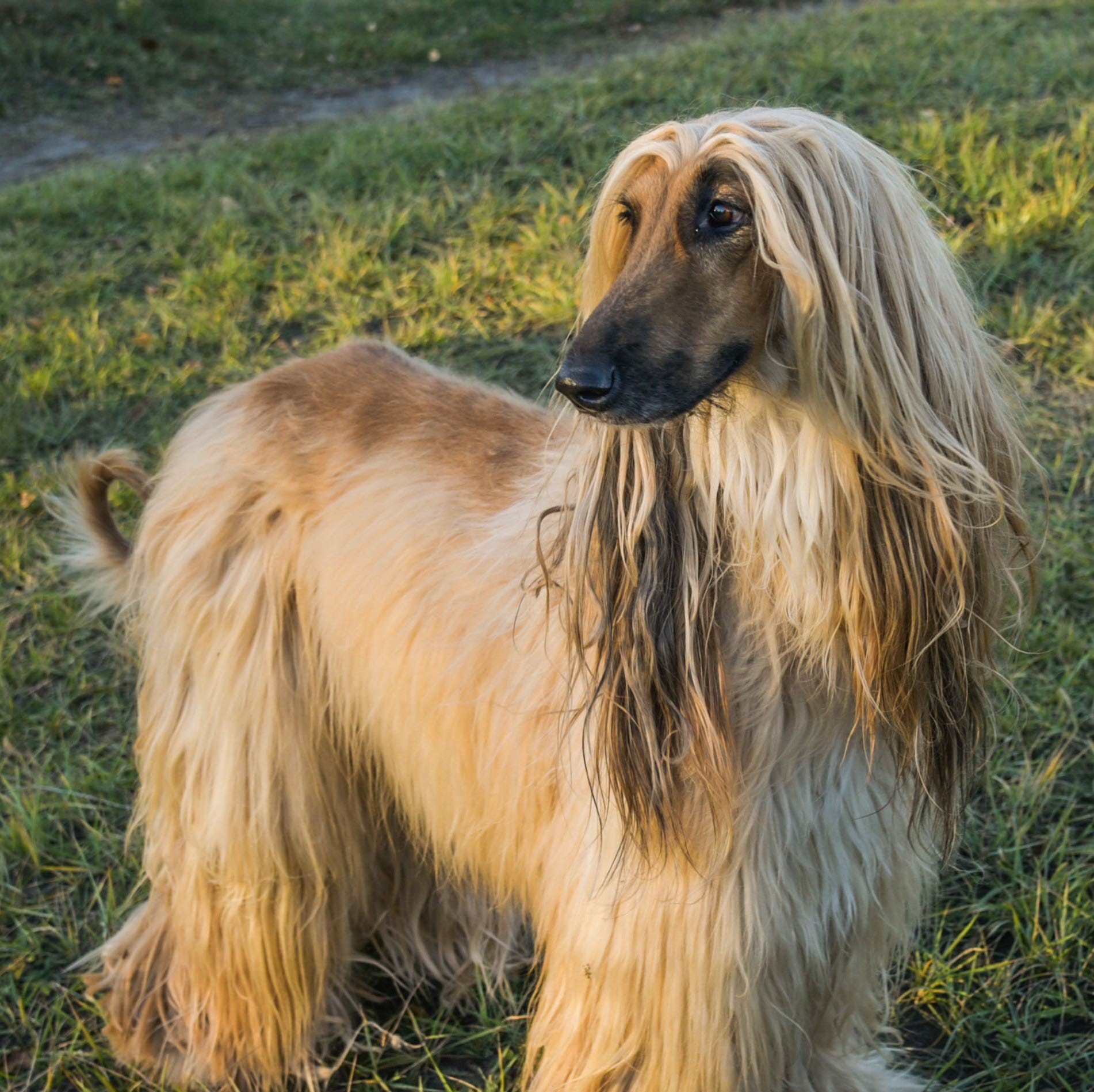
The notion of categorizing certain dog breeds as "dumb" represents a significant misunderstanding of canine intelligence. While studies like Dr. Stanley Coren's 1994 research have attempted to rank breeds by intelligence, recent scientific evidence suggests that measuring canine cognitive abilities is far more complex. Dogs exhibit different types of intelligence - instinctive, adaptive, and working/obedience - with breeds excelling in various areas based on their genetic heritage and breeding purpose. What may appear as low intelligence often reflects breed-specific traits like independence, stubbornness, or specialized skills that don't align with traditional human measures of intelligence.
Dog Intelligence Research Findings
Scientific Study Results
Recent research from the University of Helsinki in 2022, involving 2,352 adult dogs, tested multiple aspects of canine intelligence including learning, problem-solving, and social cognition. The study found significant variations even within breed groups - for example, while Belgian Malinois excelled at problem-solving tasks, Golden Retrievers had the lowest scores with over 20% unable to complete tasks within 3 minutes. However, researchers emphasize that breed differences in test performance don't necessarily indicate overall intelligence levels. Dr. Brian Hare of Duke University notes that scientifically proving the "smartest breed" would require testing at least 30 dogs from each breed under controlled conditions - an endeavor requiring thousands of puppies, decades of work, and millions in funding. The variation within breeds can be as significant as between breeds, suggesting intelligence metrics are more complex than simple breed-based rankings.
Understanding Dog Intelligence: Factors and Research
Types of Canine Intelligence
While the previous research findings focused on breed-specific studies, it's important to understand the three distinct types of canine intelligence as defined in Coren's research:
- Instinctive Intelligence: Natural abilities related to breeding purpose (herding, hunting etc.)
- Adaptive Intelligence: Problem-solving and learning from experiences
- Working/Obedience Intelligence: Ability to learn from human training
Environmental Impact on Intelligence
Research indicates that a dog's intelligence manifestation depends heavily on environmental factors beyond breed characteristics. Key elements include:
- Early training and socialization
- Consistency in commands
- Owner's training approach and patience
- The dog's natural drives and motivations
- Physical and mental stimulation opportunities
This suggests that perceived "intelligence" is more about alignment between a dog's natural traits and their living environment rather than inherent cognitive limitations.
The Dumbest Dog Breeds: Common Traits and Misconceptions
Breed-Specific Traits Often Mistaken for Low Intelligence
While previous sections discussed research findings and intelligence types, this section focuses on specific traits that are often misinterpreted as lack of intelligence. According to experts, breeds like Afghan Hounds and Basenjis are labeled "dumb" primarily due to their independent nature and reduced interest in human commands - traits that actually served important purposes in their original roles. For example, sighthounds' seeming "stubbornness" stems from their breeding for independent hunting, while scenthounds' "distractibility" comes from their superior scenting abilities that override other stimuli.
Training Challenges vs. Intelligence
Research shows that breeds considered "less intelligent" often excel in specialized tasks aligned with their original purposes. For instance, Bloodhounds' apparent disregard for commands is offset by their unparalleled tracking abilities. The key distinction lies in understanding that training difficulty does not equate to low intelligence, but rather reflects breed-specific traits and motivations.
Distinguishing Breed Purpose from Intelligence Rankings
Specialized Skills vs Traditional Intelligence Measures
While previous sections explored general intelligence types and research findings, this section focuses specifically on breed purposes that affect intelligence rankings. Research shows that breeds commonly labeled as "dumb" often possess highly specialized skills - for example, Afghan Hounds excel at sighting prey from long distances, while Bloodhounds can track scents days old. These breeds may score poorly on traditional obedience metrics simply because their breeding prioritized different abilities over human-directed tasks. As experts note, breeds like Basenjis and Chow Chows that rank low on intelligence scales often demonstrate remarkable problem-solving abilities when tasks align with their original purposes, such as hunting or guarding. This suggests that conventional intelligence rankings may better reflect a breed's inclination toward human cooperation rather than actual cognitive capacity.
Conclusion
The research findings strongly suggest that labeling any dog breed as "dumbest" is both inaccurate and misleading. While studies have examined canine intelligence across breeds, the evidence indicates that intelligence in dogs is multifaceted, comprising instinctive, adaptive, and working/obedience intelligence. What may appear as low intelligence is often simply a breed's specialized traits or independent nature manifesting in ways that don't align with traditional obedience metrics.
The key implication is that a dog's apparent intelligence depends more on the alignment between their natural traits, training approach, and living environment rather than inherent cognitive limitations. Breeds commonly labeled as "less intelligent" often excel in specialized tasks aligned with their original breeding purposes. This understanding should guide both future research and practical applications in dog training, emphasizing the importance of working with, rather than against, breed-specific characteristics. Rather than asking which breed is "dumbest," the focus should be on understanding and accommodating each breed's unique traits and capabilities.